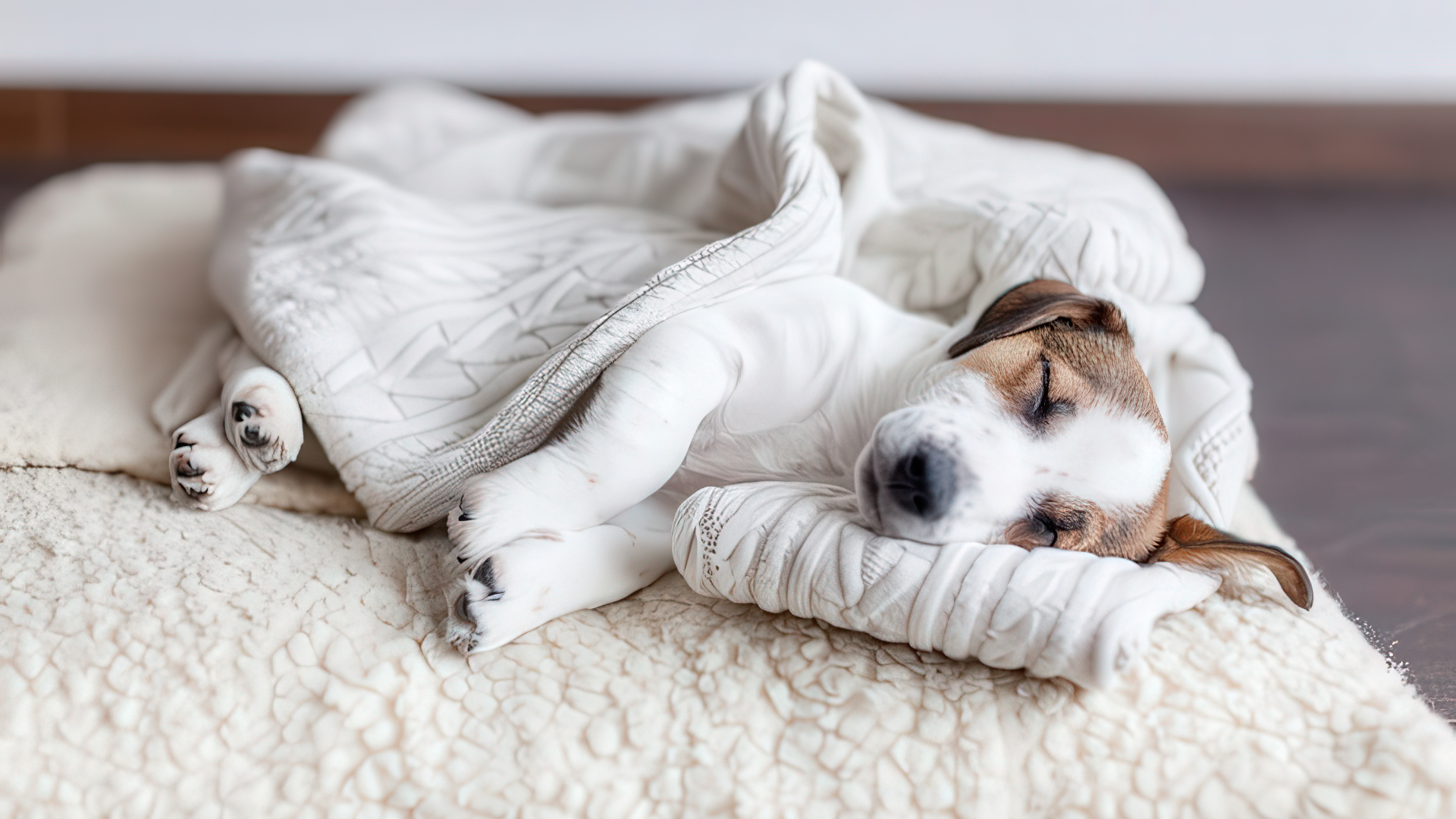Dehydration can be an issue for your dog at any time of year, but not surprisingly the risk tends to increase during the warm summer months. As a responsible owner, it’s up to you to recognize the signs of dehydration and take the proper steps to ensure that your dog stays well hydrated at all times. That way you can both enjoy summertime fun without having to worry about medical problems.
Stay One Step Ahead of Dehydration and You’ll Both Breathe Easier
As with humans, dehydration in dogs occurs when the body loses more fluid than it takes in. As the temperatures rise, dogs regulate body temperature by panting but this also causes them to lose fluids. Keeping them hydrated means ensuring that you are balancing this regular fluid loss and avoiding potentially life threatening consequences.
It’s also important that you recognize the signs of dehydration so that you know when to take action to prevent an emergency. Conditions such as excessive panting, dry gums and nose, lethargy, sunken eyes and loss of skin elasticity can all point to a dangerous lack of hydration. One of the easiest ways to check for potential problems is by gently pinching the skin between your dog’s shoulder blades. If it doesn’t snap back quickly, that could be a sign of dehydration.
In order to avoid dehydration the most important thing you can do is to ensure that your dog has continual access to water. Place several water bowls at various locations around your house and ensure that they remain filled at all times. Also be sure to take water and a collapsible bowl with you if you are taking your dog on a long walk or will be away from home for any length of time. You can also add water to their dry food to help boost hydration and make the food more palatable.
Equally important is providing a cool, shady spot from him to rest, especially if you’re outdoors for any length of time. It’s essential that he has a spot under a tree, umbrella or other covering so that he can get out of the direct sunlight. When you’re indoors, make sure he has a spot near air conditioning or a fan or use a cooling mat or pad or even a wet towel to give him a comfortable cool spot.
While exercise is essential to keep your dog healthy, you need to limit their exertion during the hottest part of the day. Keep walks and outdoor play time to the cooler early morning or evening hours. Also, be sure to avoid hot surfaces like pavement or sand which can damage sensitive paw pads. A good rule of thumb is that if it’s too hot for you to walk on barefoot, then it’s too hot for your dog to walk on too.
It is important to keep your dog properly groomed but avoid the urge to shave them too short in the summer months as longer coats actually help to regulate body temperature and prevent sunburn. Instead, be sure to regularly brush them to stay on top of shedding while keeping them cool and comfortable.
Make sure you monitor your dog’s water intake so that you know if they are getting enough fluid. You can also help to boost fluid intake with hydrating treats like blueberries and watermelon or ice cubes. If you notice that your dog isn’t drinking enough or if they’re exhibiting any of the signs of dehydration, get them to your vet as soon as possible as this condition can become severe very quickly.
Remember that you are your dog’s best defense against dehydration, so be aware of the signs and take extra steps to ensure that they are getting enough fluids. Summer should be a time for fun, so make sure you do everything you can to help your furry best friend beat the heat.

